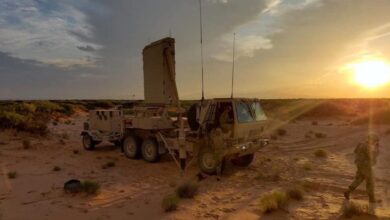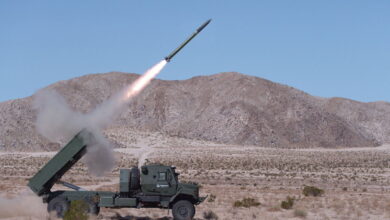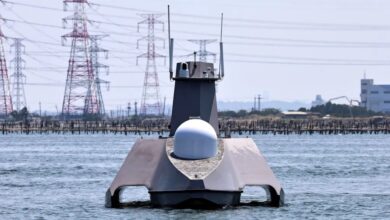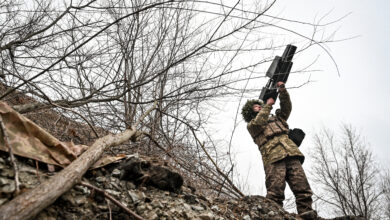The Department of Defense last week released a new strategy document to address the growing threat of small unmanned aerial systems (sUAS).
The new counter drone strategy is a result of recent technological advances that allow adversaries to wage comparatively inexpensive, asymmetric warfare, thereby eroding US dominance in conventional military capabilities.
Addressing this erosion has become a central theme in US military strategic thinking. “In some cases, our adversaries can detect before they’re detected, and that means they can target, and engage, before we do,” Army Chief of Infantry Brig. Gen. David Hodne explained in October.
A month later, plans surfaced of the US Army’s intention to launch a new academy in 2024 at Fort Sill, Oklahoma aimed at teaching soldiers how to counter small military drones on the battlefield.
The DoD’s new plan of action focuses on three approaches to the increasingly complex threat of small drones: readying the force, defending the force, and building the team.
Preparing and Defending the Force
The Pentagon intends to prepare the force by coordinating the development of threat assessments centrally across military branches and federal agencies in partnership with state and local law enforcement.
In defending the force, the new strategy stresses the provision of synchronized, joint capabilities in terms of organization, training, materiel, and policy and interoperability resulting in the whole being greater than the sum of its parts.
Included is integrating the best systems from across the services such as the mounted or mobile Marine Corps Light-Mobile Air Defense Integrated System for fixed and semi-fixed sites; Smart Shooter, Dronebuster, and Bal Chatri for hand-held systems; along with a command-and-control system.
Coordinated counter-sUAS trials have already begun as part of the strategy in, for example, the complex and challenging urban environment of New York.
Building the Team
The last prong consists of developing enhanced partnerships with the most innovative companies, agencies, and allies.
The strategy emphasizes that the primary way of building the team is by attracting new partners and to “engage with rising technology leaders to defend against evolving threats from non-state actors to near-peer competitors.”
“These partnerships will enable us to accelerate the development of solutions and provide the Joint Force and DoD Components with effective countermeasures for sUAS hazards and threats. We will also seek to establish new agreements with civilian organizations and expand multilateral collaboration.”
As part of the 2021 National Defense Authorization Act, Congress has already earmarked $47 million to fund its new counter-sUAS efforts.











